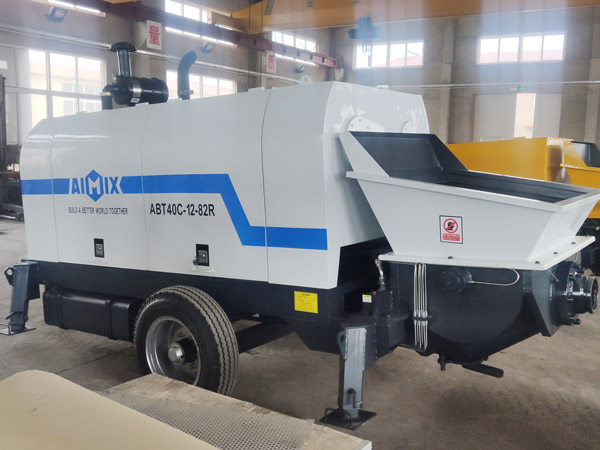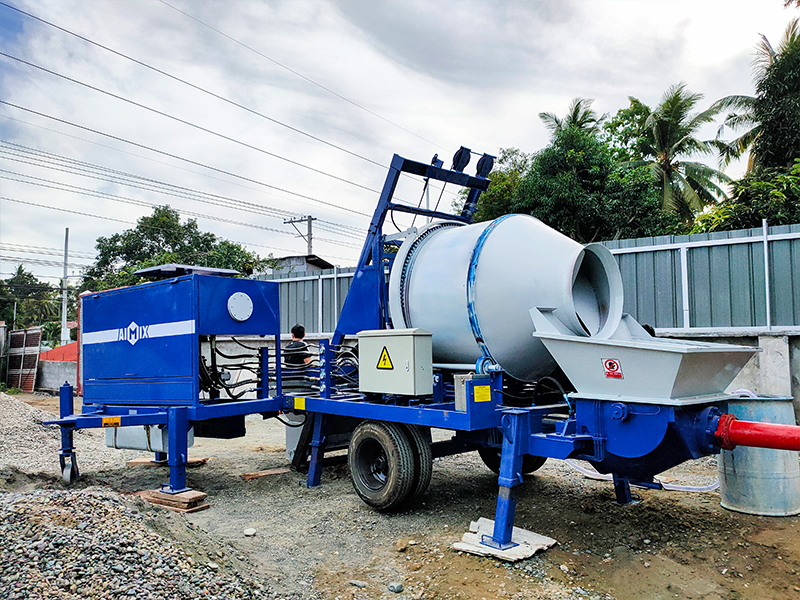The global COVID-19 pandemic was enormously disruptive to the construction industry. Financiers were hesitant to invest significant amounts of money in new projects while the impact on both consumer behavior and office space and infrastructure demand were unknown as far as duration and severity were concerned. Existing projects were also put on hold while this uncertainty persisted.
Fortunately, this uncertainty seems to have dissipated somewhat and projects such as the construction of malls (shopping centers), office blocks, and infrastructure are proceeding at a pace that is approaching pre-pandemic levels. This is affecting construction projects across the globe – including Chile, where the sight of concrete pumps(bombas de hormigon en chile) on construction sites is once again becoming common.

Many business investors in Chile may be puzzled by the variety of construction activities that require an investment in one of the many different types of concrete pumps that are on the market. here is a simple guide to the uses of these pumps in a variety of large-scale and medium-scale construction projects.
These pumps simplify the transfer of liquid concrete at construction sites. There are two main variants of these sorts of pumps. The first is known as a Boom or ‘Truck-mounted’ Pump. These concrete pumps(bomba de hormigon bolivia) are larger than others and can be used to transfer large amounts of liquid concrete extremely quickly. For this reason, they are often found on sites where large infrastructure projects are underway. A good example of these types of projects is road and highway development.
These types of concrete pumps are usually mounted on trucks or semi-trailers. The arm that is used to correctly place the concrete can either be manually adjusted or, as is becoming increasingly common in newer types of pumps using an automatic arm to accurately place the concrete as required.

The second type of concrete pump in AIMIX Group is the Trailer, Line, or Stationary Pump. This is commonly used for jobs that do not require the enormous tonnage of concrete that is commonly demanded by large infrastructure projects. The pumps are commonly used for preparing ground slabs for building construction or even concrete sidewalks. In place of the rigid arm used by the larger ‘Truck-Mounted pumps, these smaller pumps use a flexible hose (sometimes made of multi-jointed steel) attached to the pump oulet. These hoses can be linked together when further reach is required and can be directed to where the concrete is needed.
These pumps share the versatility of the larger truck-mounted versions in that they are usually mobile and can move from place to place on a construction site depending on project demand.
there are a variety of advantages to the use of concrete pumps when compared to other ways of mixing and supplying concrete to specific areas.
The first is that they typically use less water than other mixing methods and therefore avoid the cracking of the concrete as it dries. They are able to supply concrete extremely quickly and can therefore reduce project completion times, they are less labor intensive than other methods of concrete placement, and the concrete supplied is usually of a higher quality due to the exact measurement and mixing of the concrete components. You could look here: https://aimixgrupo.com/bomba-de-concreto-estacionaria/
As construction in Chile forges ahead, those in search of quality concrete pumps should ensure that theyd eal with reputable manufacturers with an an exceptional track record – and the ability to supply excellent after-sales service, which directly influences maintenance costs and efficiency of operation.